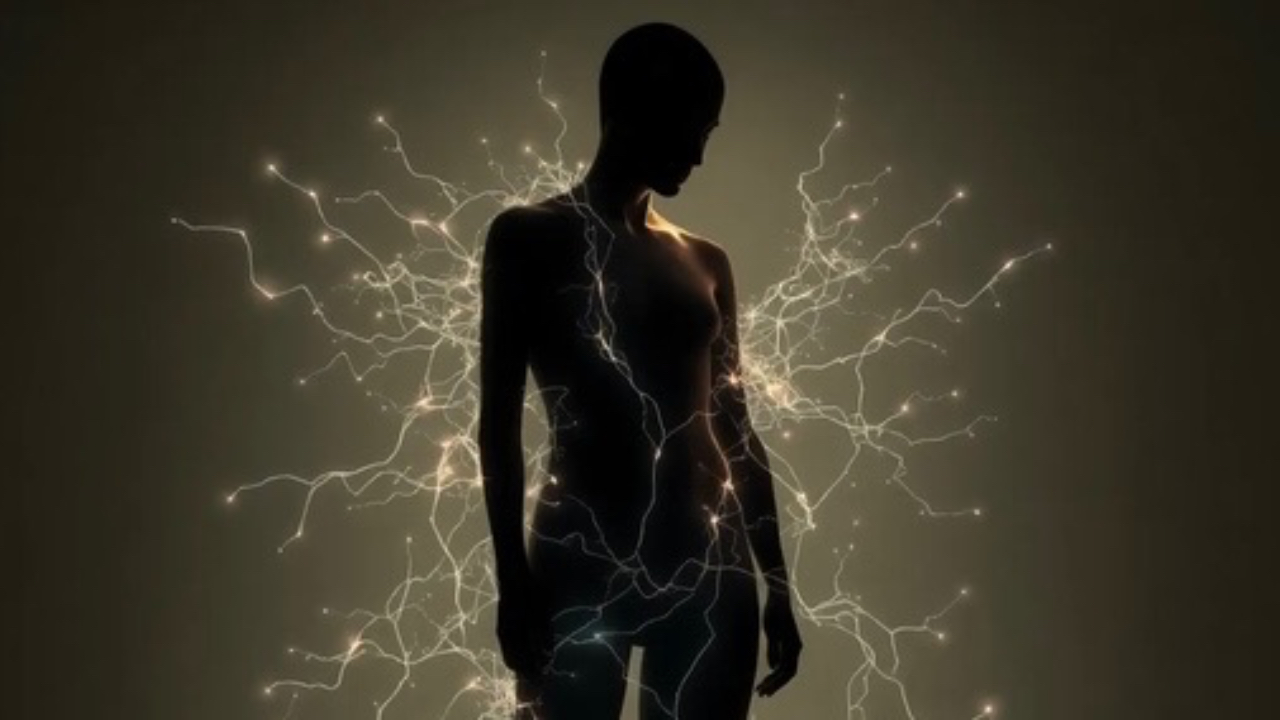Pain Unraveled Part 2 - When Emotion Becomes Sensation – The Brain’s Over-Protection Loop
Oct 18, 2025
💠
When Emotion Becomes Sensation – The Brain’s Over-Protection Loop
How Emotion, Thought, and Meaning Create Physical Experience
Long before neuroscience had the words for it, physicians like John Sarno noticed that pain often spoke the language of emotion. His patients had healthy tissues but hurting bodies—the nervous system translating hidden tension and self-criticism into physical distress. Today, researchers like Alan Gordon show us this is not imagination but neuroplasticity: the brain predicting danger even when the body is safe.
Sarno theorized that pain could serve as a distraction from emotional stress.
He called it Tension Myoneural Syndrome (TMS)—pain generated by the brain to avoid emotions it deemed too dangerous to feel.
He wrote:
“The brain uses pain to distract you from emotions it fears would be more dangerous to feel.”
In practice, he found this pattern most in people who were conscientious, self-critical, or afraid of conflict—the ones who “held it together.”
Once they allowed themselves to feel what they were avoiding—anger, grief, or guilt—the pain often eased.
🧠
The Modern View: Alan Gordon’s “The Way Out”
Building on Sarno’s insight, psychotherapist Alan Gordon reframed chronic pain as a false alarm that can be rewired.
Through neuroplastic reprocessing, he teaches people to meet pain with curiosity rather than fear.
Each time we respond to a flare-up with calm awareness instead of panic, the brain receives new information:
“This is not dangerous.”
That shift alone begins to down-regulate the pain response.
🪶
A Personal Story: Learning to Listen Differently
For years, I carried a persistent ache through my left shoulder and neck—an ache that felt endless, draining, which created fear.
I relied on my body for my work, cutting hair all day, and the pain became a constant whisper of fear about my financial future plus the fear of ending a career I loved.
Then I began noticing a pattern: the pain intensified when family visits approached. These weren’t unhappy visits—we’re close—but subtle, old emotional grooves seemed to rise like ghosts. My body braced without permission.
When I started to see those patterns clearly—fear of not being able to work, fear of letting others down, fear of feeling too much—the pain began to shift.
Understanding didn’t erase it, but it made it honest.
Now that same ache is more like a quiet conversation than a crisis. Awareness turned reaction into response.
“The body doesn’t lie—but sometimes it speaks in the language of protection.”
🌬️
Pain as Learned Protection
Two people can have the same MRI yet completely different experiences.
Pain intensity often mirrors meaning—how essential or threatened something feels to the self.
A violinist’s injured left hand (her note-hand) may feel catastrophic; the same injury in the bow hand might not register as pain at all.
Pain is not just sensation—it’s significance.
🪷
Next in the Series
In the final part of this series, we’ll explore how movement, breath, and awareness can re-educate the brain’s protective reflexes.
Through Spontaneous CORE—Crowns, Override, Rehearse, and Ease—you’ll see how the nervous and immune systems can relearn trust, and how calm becomes a biological medicine.
Pain doesn’t mean you’re broken—it means your system has learned to guard too fiercely. And anything learned can be relearned. In the final piece of this series, we’ll explore how movement, breath, and the principles of Spontaneous CORE can re-educate the nervous system—how calm becomes medicine, and safety becomes strength.
👉 Read Part 3: Spontaneous CORE and the Neuro-Immune Dance – Where Calm Becomes Medicine
Disclaimer
The information shared here is for educational and self-awareness purposes only. It is not intended to replace medical advice, diagnosis, or treatment from a qualified health professional. Pain is complex, and each person’s situation is unique. I encourage you to explore these ideas in partnership with your healthcare providers—medical, manual, and therapeutic. In my experience, self-reflection and movement practices work best when supported by skilled professionals such as osteopaths, massage therapists, chiropractors, and other bodywork practitioners. Together, they create a complete and compassionate approach to healing.
Stay connected with news and updates!
Join our mailing list to receive the latest news and updates from our team.
Don't worry, your information will not be shared.
We hate SPAM. We will never sell your information, for any reason.
